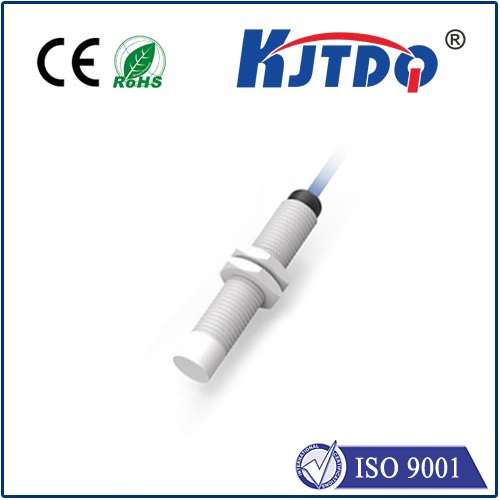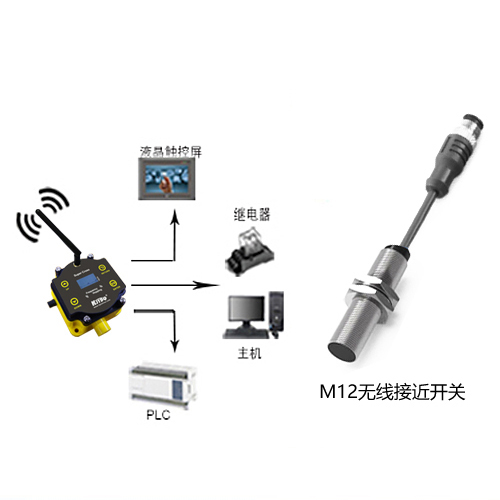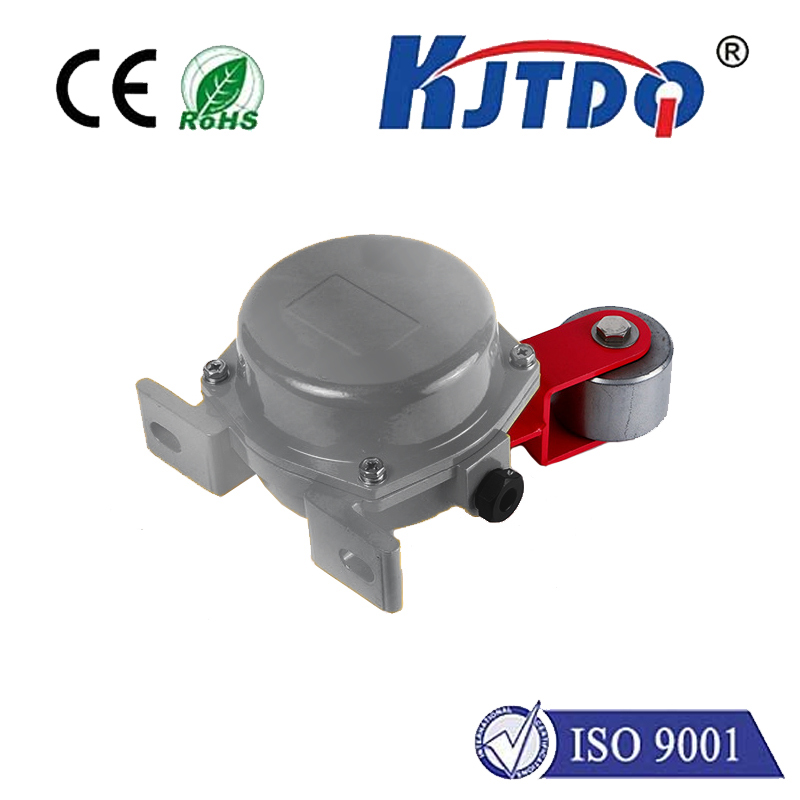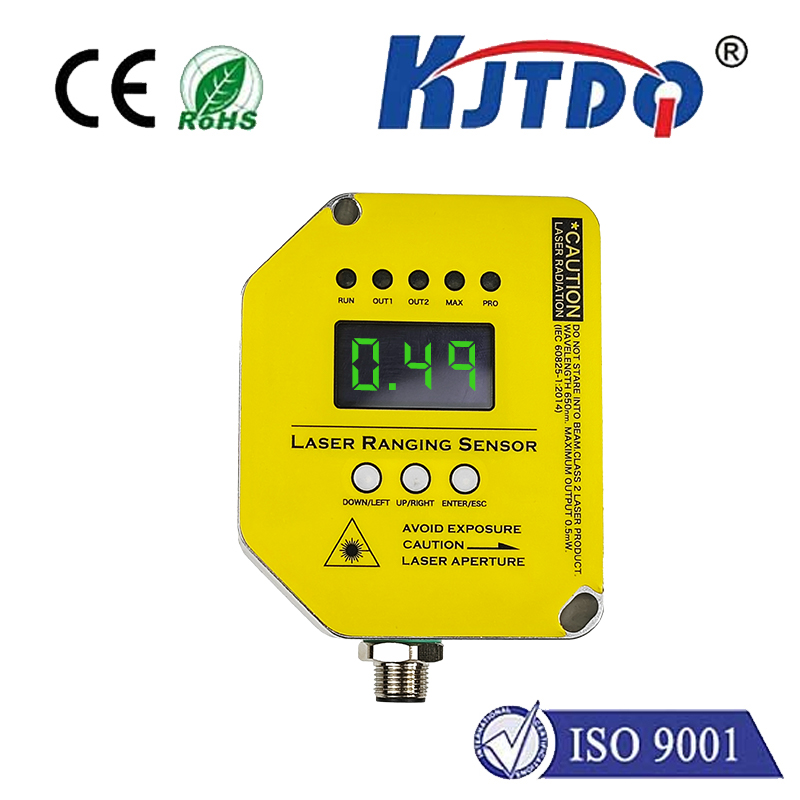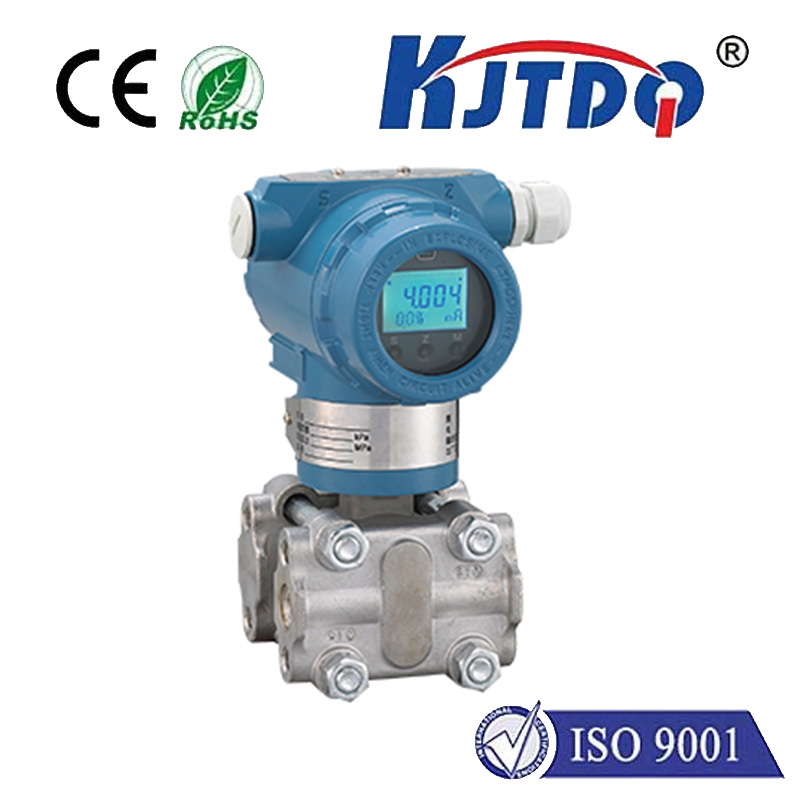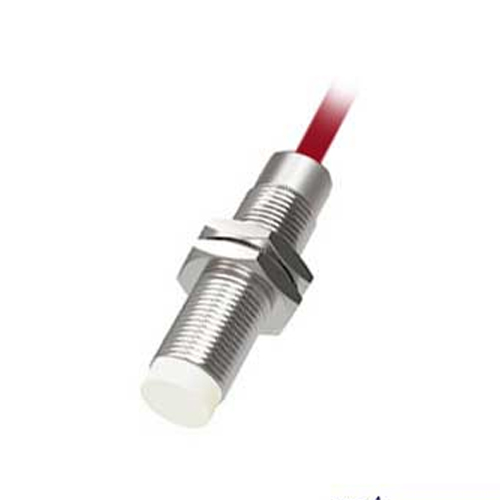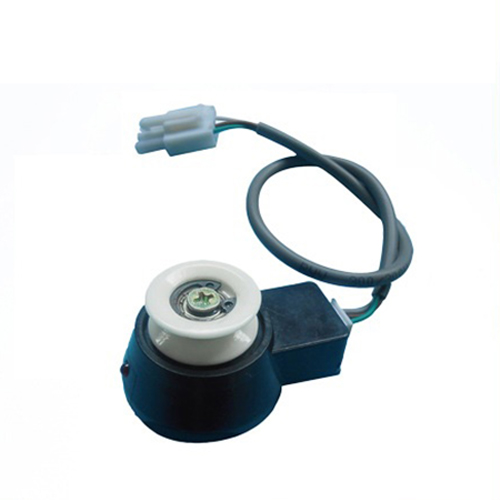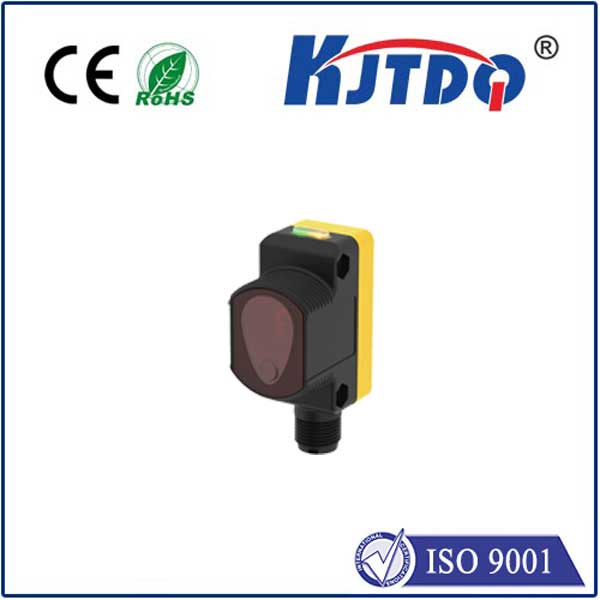E3Z-LR66 background suppression sensor
- time:2025-09-27 03:43:02
- Click:0
Unbeatable Precision: Mastering Object Detection with the E3Z-LR66 Background Suppression Sensor
In the automated world, where milliseconds and millimeters matter, reliable object detection is non-negotiable. Imagine a conveyor belt bustling with boxes of varying heights. Standard sensors might trigger on the belt itself or miss a particularly low package entirely. This is where background suppression (BGS) technology shines, and the Omron E3Z-LR66 photoelectric sensor stands as a prime example of its power and precision. Designed for demanding industrial applications, this sensor cuts through the noise to detect objects with exceptional accuracy, regardless of their reflective properties or the presence of interfering backgrounds.
The Problem: Why Standard Sensors Fall Short
Traditional diffuse-reflective photoelectric sensors operate on a simple principle: they emit light and detect the amount reflected back from a target. While effective in many scenarios, they face significant limitations:
- Target Reflectivity Variability: Dark objects absorb more light, returning a weaker signal than bright ones. This can cause a sensor calibrated for a white box to miss a black box entirely.
- Background Interference: If there’s any surface behind the target (like a conveyor belt, machine frame, or even another object further away), the sensor might inadvertently detect that background instead of the intended target, leading to false triggers.
- Inconsistent Detection: Variations in target color, texture, or distance can drastically alter the reflected signal strength, making consistent detection challenging.
The Solution: How Background Suppression (BGS) Works
The E3Z-LR66 leverages advanced background suppression technology to overcome these hurdles. It utilizes a triangulation principle:

- Light Emission: The sensor projects a focused beam of visible red light (LED) towards the detection zone.
- Light Reception: The reflected light hits a position-sensitive detector (PSD) inside the sensor.
- Angle-Based Discrimination: The key innovation lies in how the sensor interprets the returning light. Light reflected from a closer object hits the PSD at a different angle than light reflected from a distant background.
- Intelligent Switching: The E3Z-LR66’s internal circuitry is finely tuned to analyze where the light hits the PSD, not just its intensity. It specifically ignores light returning from beyond a pre-set “suppression distance”, focusing only on reflections originating within its defined sensing range (100 mm to 600 mm).
The E3Z-LR66 Advantage: Precision Engineered for Industry
This sophisticated technology translates into tangible benefits that make the E3Z-LR66 a preferred choice in logistics, packaging, material handling, and electronics manufacturing:
- Unparalleled Detection Stability: By disregarding background reflections, the sensor delivers remarkably consistent detection of objects regardless of color (black, white, transparent, or metallic). A black rubber stopper and a shiny metal bolt positioned at the same distance trigger the sensor equally reliably.
- Exceptional Background Immunity: The core strength. The E3Z-LR66 can be positioned close to reflective backgrounds (like stainless steel conveyors or glossy paint) without causing false triggers. Its ability to suppress backgrounds up to the rated sensing distance is its defining feature.
- Precise Distance-Based Sensing: Unlike standard diffuse sensors where the sensing range depends heavily on object color, BGS offers a more clearly defined detection zone based primarily on distance. Objects enter the defined range; detection occurs. Objects are outside; they are ignored. This enables repeatable positioning tasks.
- Simplified Installation & Setup: Featuring easy-to-see red and green LED indicators (red for power, green for output status), alignment and confirmation of operation are straightforward. Unlike retro-reflective sensors needing a separate reflector, the E3Z-LR66 is a single, compact unit (30mm x 15mm x 40mm), simplifying mounting in tight spaces.
- Robust Industrial Design: Built to endure harsh environments, the E3Z-LR66 boasts an IP67 rating (dustproof and resistant to water immersion up to 1m for 30 minutes). Its durable construction ensures reliable performance on factory floors.
Key Specifications at a Glance
| Feature |
E3Z-LR66 Specification |
| Sensing Method |
Background Suppression (BGS) |
| Detection Range |
100 mm to 600 mm (Adjustable) |
| Light Source |
Visible Red LED |
| Output Type |
NPN or PNP (Selectable) |
| Response Time |
1 ms maximum |
| Supply Voltage |
10-30 V DC |
| Connection |
Pre-wired cable (2m standard) or Connector |
| Housing |
Plastic (Polycarbonate), IP67 |
| Ambient Light |
Resists up to 10,000 Lux (incandescent) |
Where the E3Z-LR66 Excels: Real-World Applications
The unique capabilities of this photoelectric sensor make it ideal for numerous automation challenges:
- Package & Box Detection on Conveyors: Precisely detecting cardboard boxes, packages, or totes of any color on potentially reflective conveyor belts without false triggers from the belt or underlying structure.
- Level Detection in Bins/Containers: Accurately sensing the presence or absence of materials (pellets, powders, small parts) inside bins, even against dark or reflective container walls.
- Transparent Glass/Bottle Presence: Detecting clear bottles or glass vials, which typically pose significant challenges for standard sensors due to low reflectivity.
- Small Part Verification: Ensuring tiny components (screws, springs, washers) are present on pallets, trays, or fixtures before assembly or packaging.
- Machine Guarding & Presence Monitoring: Verifying parts are correctly positioned within a machine or ensuring safety guards are closed, even in areas with unavoidable background surfaces.
- Assembly Line Verification: Confirming that multiple components of different colors or finishes are correctly placed during assembly processes.
Optimizing Performance
For optimal E3Z-LR66 setup:
- Carefully align the sensor so the target passes within its defined sensing range.
- Ensure the background falls beyond the sensor’s maximum suppression distance (600mm). Avoid highly reflective surfaces closer than the minimum sensing distance (100mm).
- Utilize the bright green and red indicators during installation to confirm alignment and operation. The green LED illuminates when an object is detected within the active range.
- Consider the ambient light conditions; while resistant to high ambient light, extreme direct sunlight hitting the lens should be avoided.
Conclusion
In the quest for robust, reliable, and precise object detection in complex industrial environments, background suppression technology is indispensable. The Omron E3Z-LR66 photoelectric sensor embodies this technology, offering unrivaled immunity to challenging backgrounds and consistent performance across diverse target materials. Its compact size, easy setup, rugged design, and clear visual feedback make it an outstanding solution for applications where standard sensors falter. Whether ensuring packages flow smoothly on a conveyor, verifying the presence of tiny components, or guaranteeing precise positioning, the E3Z-LR66 delivers unbeatable precision critical for modern automation success.






